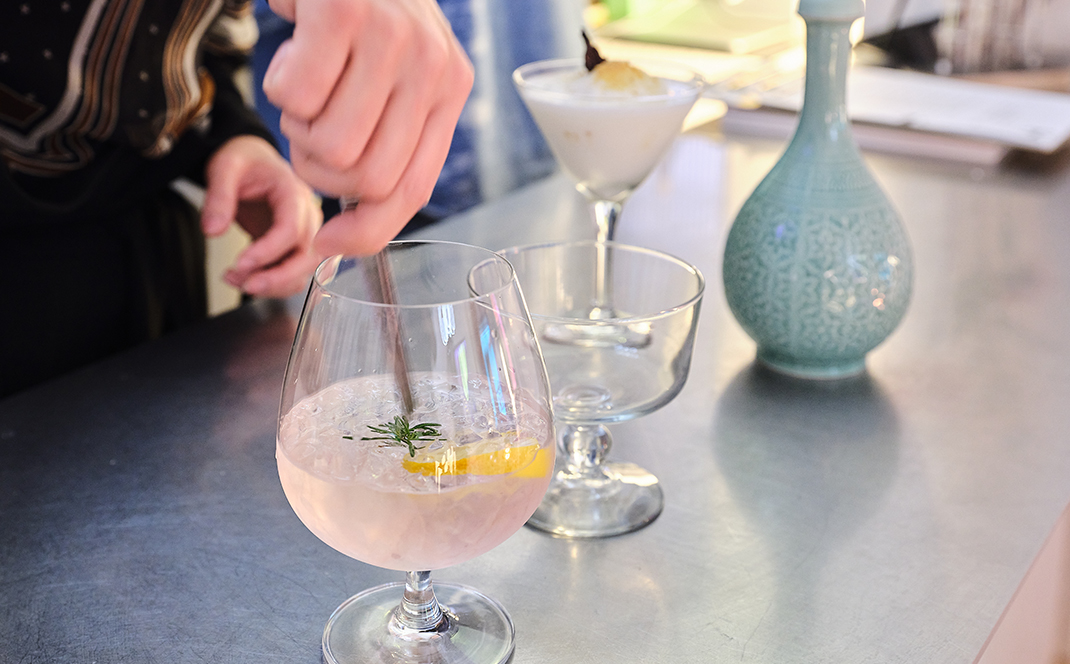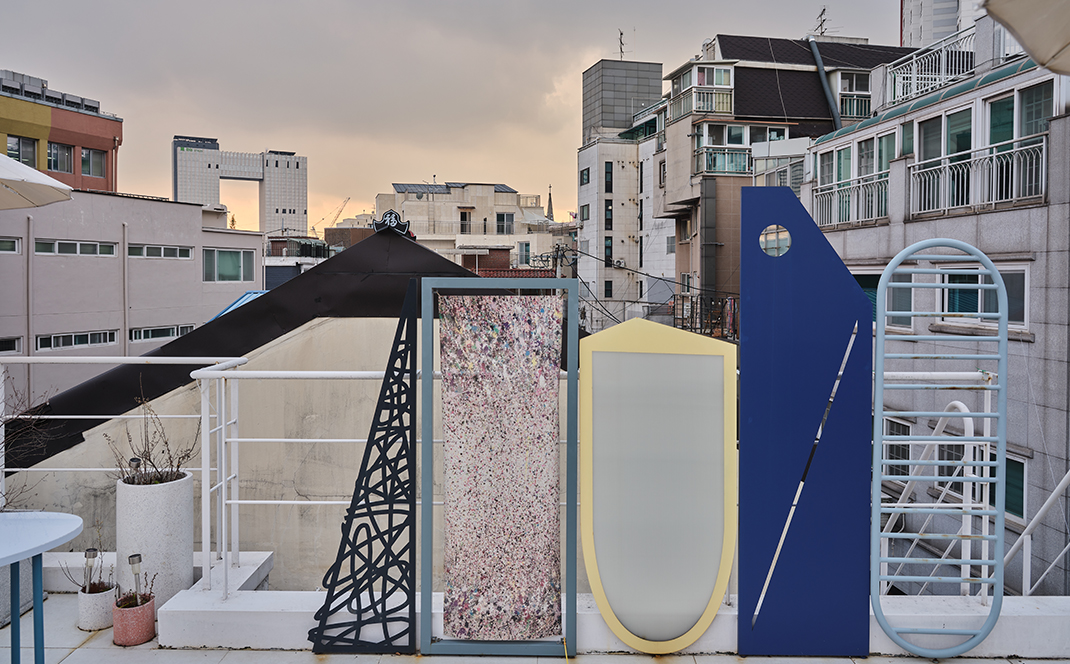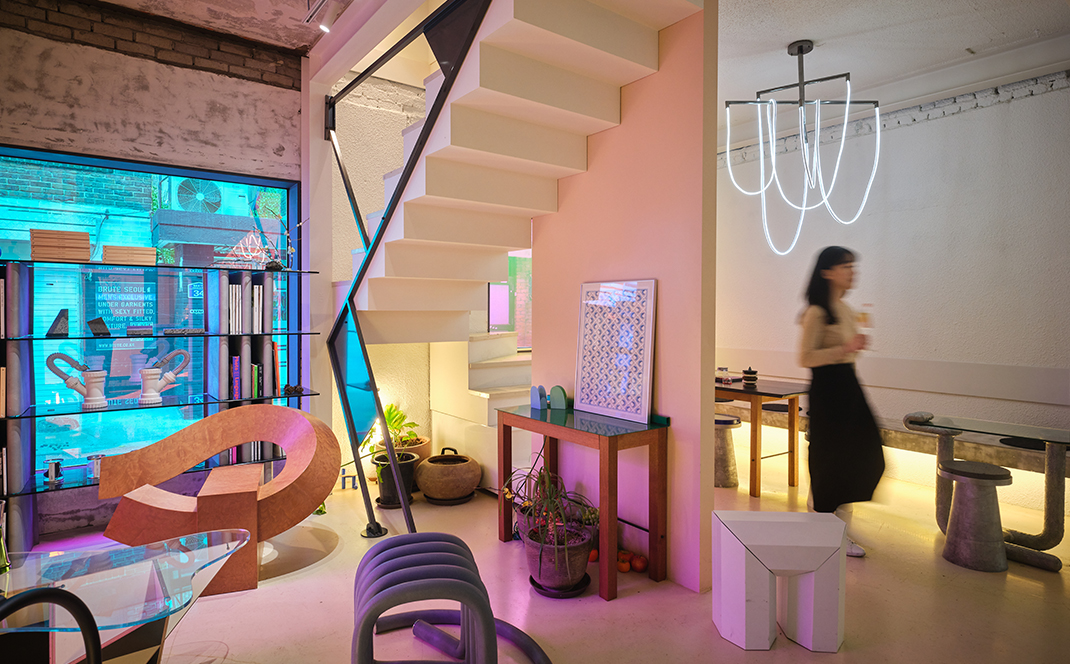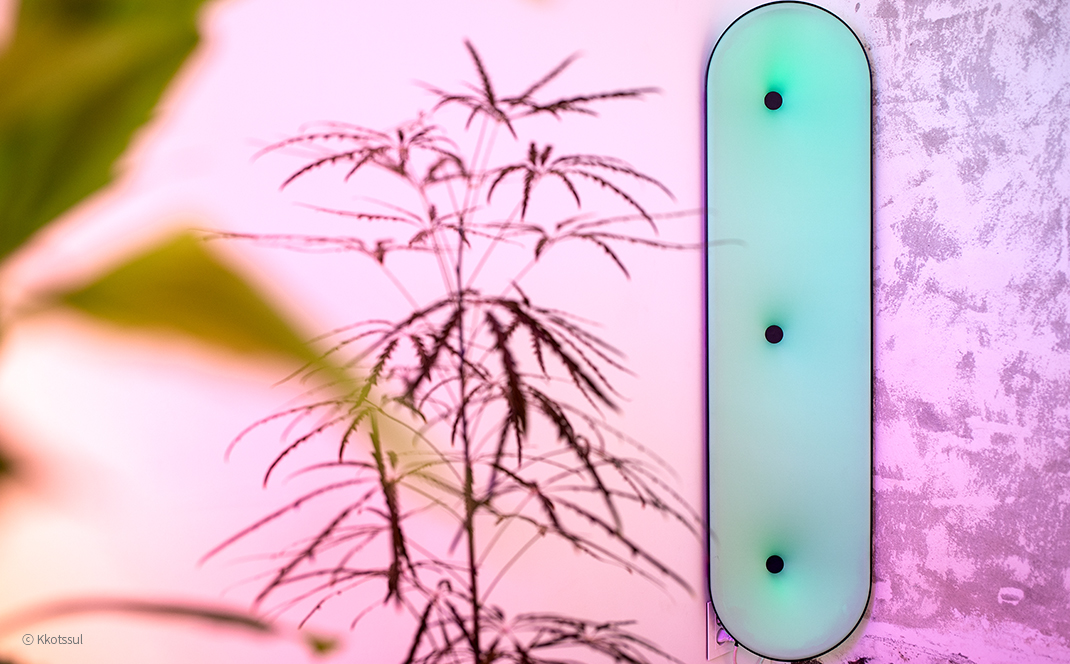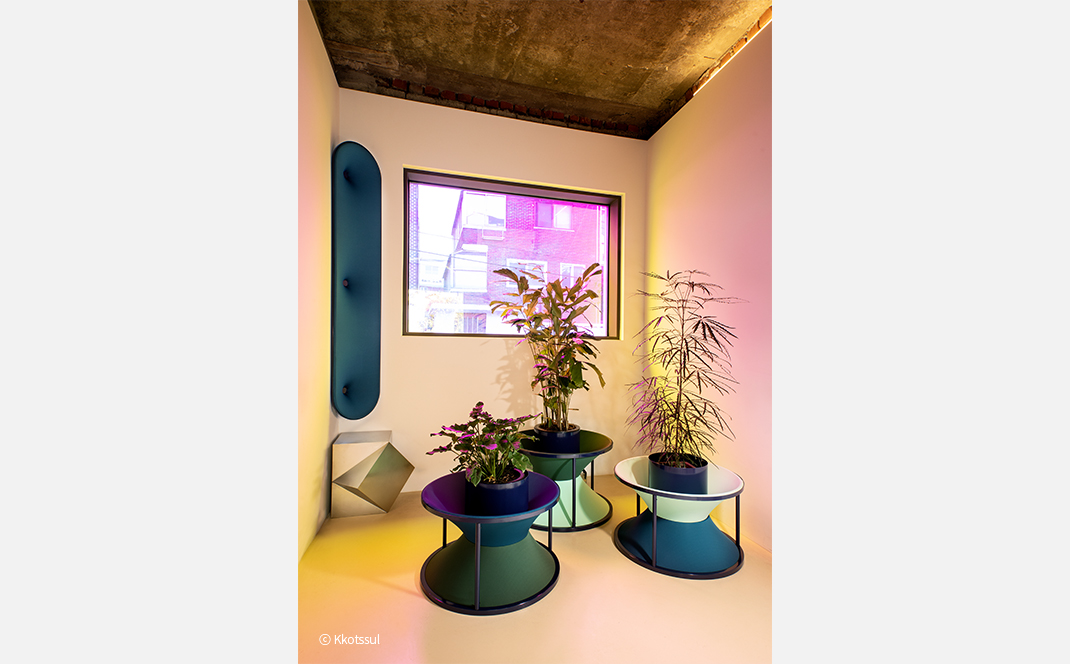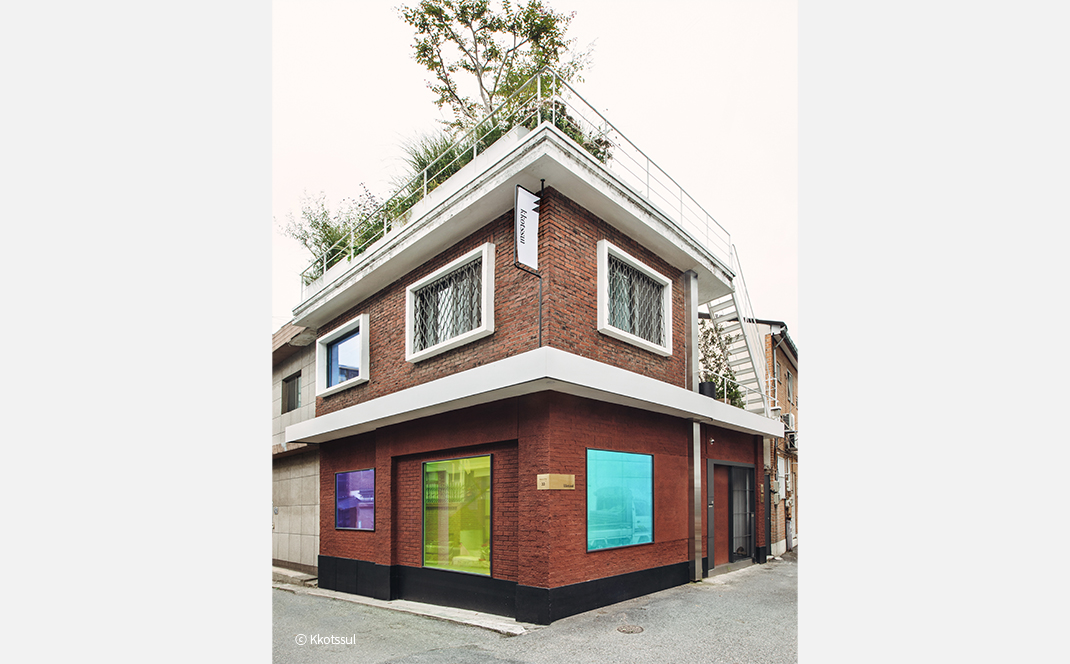Stay, Experience and Drink
An Ordinary House Becomes a Hideout for
Furniture and Korean Traditional Liquor
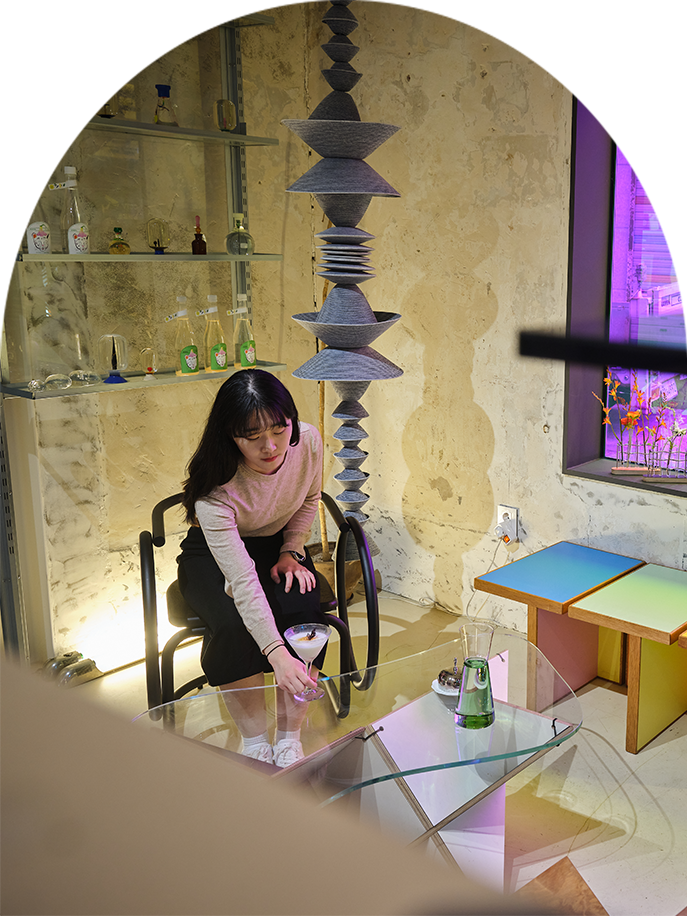
WRITTEN BY
Yu Pureum
Photographed by
Kim Byounggu
In an ordinary residential area in Hyochang-dong, Seoul, a red brick house stands out among the modest houses. From the outside, it looks like an ordinary two-story house, but the windows with colored sheets shine brightly. This place that appears to be a house is actually the design bar “Kkotssul.”
When asked what kind of place Kkotssul is, some will call it a furniture gallery, and some will refer to it as a traditional liquor bar. Both are correct. This is because it’s a furniture gallery where you can enjoy Korean traditional liquor. How do a furniture gallery and a traditional liquor bar coexist under one roof?
A Gallery to Experience
Kkotssul is a huge creation involving more than 10 teams of modern artists. All the elements that make up the face of Kkotssul, such as kitchen furniture, parasols and tables on the roof, staircases with handrails, and various design shelves, are created at the fingertips of various artists and designers.
In a typical gallery, it is unthinkable to sit at a table made by an artist and eat with cutleries made by a designer. This is because original exhibitions are typically inviolable areas that cannot be touched.
However, things are different at Kkotssul. Every piece is located where it should be, like furniture in a house, and functions as intended. You can touch and experience all the exhibits as you like.
This is thanks to the attention that Kkotssul gave to the gap between the designer’s products and the customers. Until now, furniture has not been able to bloom due to home appliances that have used usefulness as a weapon to mark designers’ furniture. The gap, increased also by the difference in price range compared with mass-produced models, made designer’s products suffer more and more. Kkotssul envisioned an experiential gallery, hoping that designers’ furniture will be recognized as an item that anyone can enjoy and use.
Consider that the destination of the furniture on display should eventually be someone’s home. Just thinking about the experience of freely touching and using the furniture displayed when you return to your real home narrows the gap a little further.
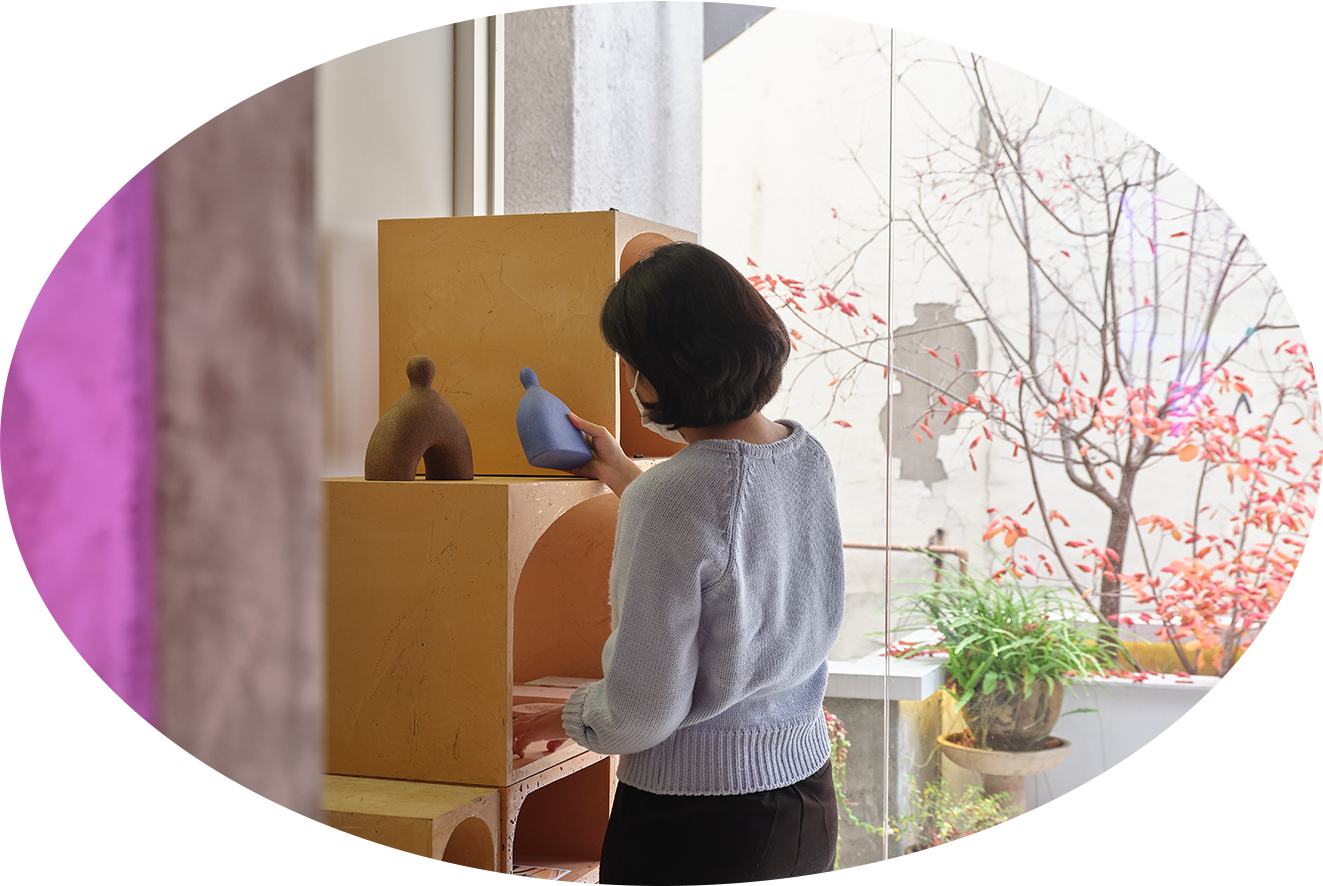
A visitor looks at the furniture on display in Kkotsul.
Reviving Traditional Liquor
There is one more difference between Kkotssul and ordinary galleries, which is the fact that Kkotssul sells Korean traditional liquor as well. Many galleries in Korea serve as cafes but there are very few galleries that have bars that only serve alcoholic beverages and traditional liquor.
The ultimate goal of this space is for people to experience the works of designers comfortably. That’s why it needed something to make people stay in this space for enough time. The answer that Kkotssul found was “alcohol.” As it is a space that handles the works of Korean designers, it also focuses on traditional liquor created by Koreans with ingredients from Korea.
The way the bar handles traditional liquor is also as trendy as the pieces displayed in Kkotssul. New attempts, such as the DYOD (Design Your Own Drink) kit that allows you to design your own liquor by combining spices such as pepper and jujube vinegar, and cocktails based on traditional liquor like “Juju-Ball” stand out. The cocktail kit made using flowers and test tubes feel like a work of art.
The story of traditional liquor at Kkotssul is getting more abundant day by day. Not only it is making an illustration book that introduces the stories of traditional liquor masters and small breweries but also reinterprets the traditional liquor table, liquor bottles, and snack boxes in a modern sense. Other than being a bar that sells traditional liquor, it is becoming a bridge that connects Korean breweries, designers, and customers.

Entrance view of Kkotsul
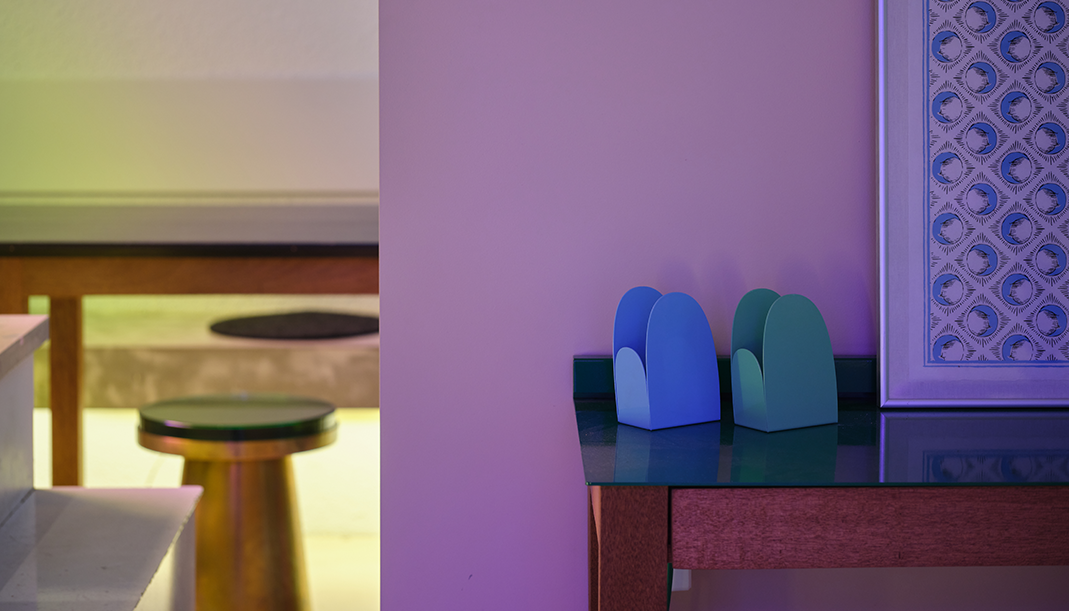
Designer’s products exhibited in Kkotsul
The House for Things that Almost Disappeared
Furniture and Korean traditional liquor: there’s one thing in common between these two that doesn’t seem very relevant. It’s the fact that they were once close to disappearing.
Korean traditional liquor, especially home-brewed liquor produced on a small scale, suffered from the Japanese colonial era until the 1980s. This is because rice, the main ingredient of traditional liquor, was insufficient due to the war and poor harvests, and the production of home-brewed liquor was banned. Moreover, Korean furniture designers have long been unable to find a place due to the transition from a largely sedentary lifestyle to a standing one.
Design Bar Kkotssul became a home for furniture and Korean traditional liquor, both of which almost disappeared. Here, traditional liquor meets people in a trendy way through design, and design meets people by using the power of traditional liquor to create synergies with each other, in the “home” that they refounded.
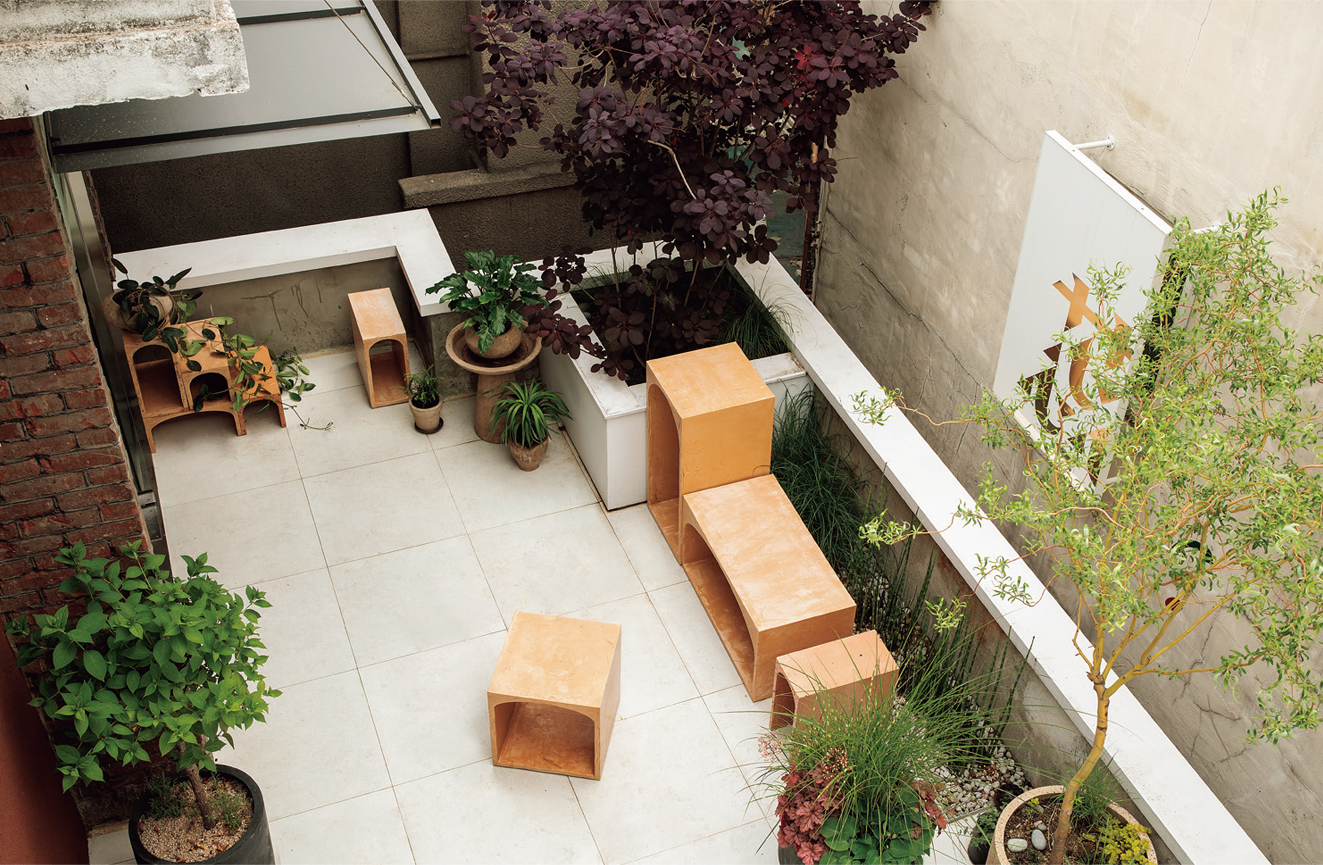
Rooftop garden of Kkotsul
Other Articles
-
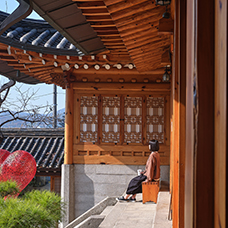
Special Ⅰ A Challenge Aimed at Developing Hanok
-

Special Ⅱ Stay, Experience and Drink
-

Trend Houses For All
-

Hidden View A Two-sided Alley
-
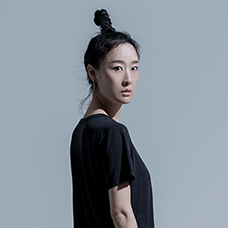
Interview Choreographer Kim Bora
-
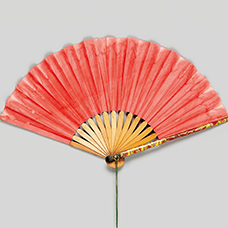
Art of Detail Outstanding Ornaments
-

Film & TV 20th Century Girl
-
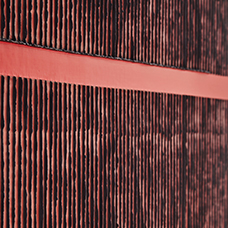
Collaboration The Most Luxurious Canvas
-

Current Korea Korea Reaffirms Solidarity
-
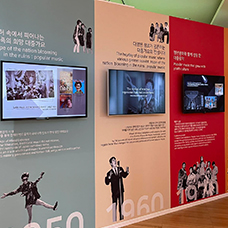
Global Korea Large-scale Exhibition of 50 years of K-pop History

